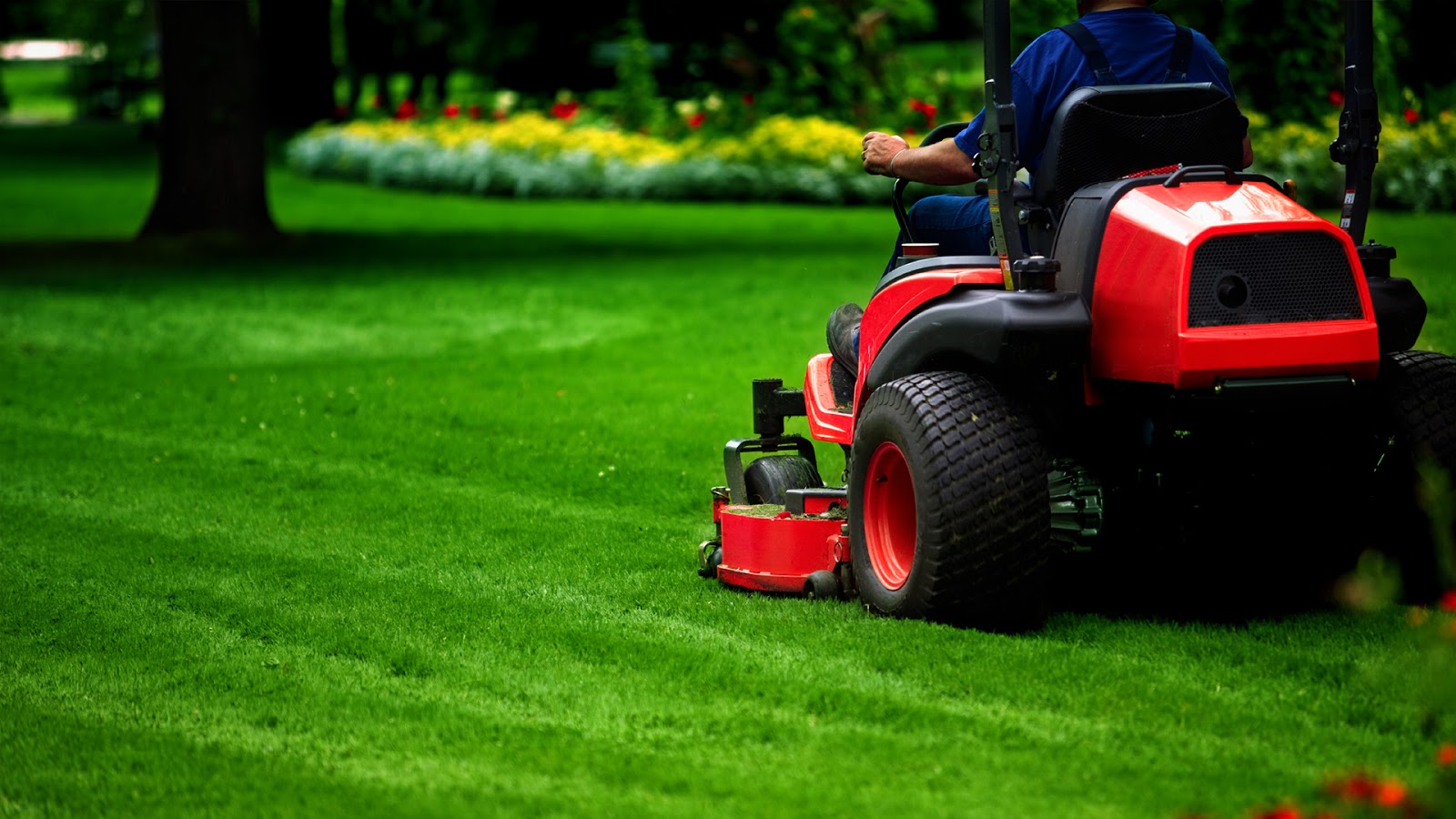Lawn maintenance is an essential aspect of homeownership that often gets overlooked. A well-maintained lawn not only enhances the aesthetic appeal of your property but also increases its value. In this comprehensive guide, we will explore the various aspects of lawn maintenance, including mowing, watering, fertilizing, and pest control, ensuring your lawn remains lush and vibrant throughout the seasons.
Whether you are a seasoned gardener or a novice just starting, understanding the fundamentals of lawn care is crucial. We will delve into the best practices, tools, and schedules that can help you achieve the lawn of your dreams. Let’s get started on this journey to a lush and healthy lawn!
Table of Contents
- What is Lawn Maintenance?
- The Importance of Lawn Care
- Seasonal Lawn Maintenance Tips
- Lawn Mowing Techniques
- Watering Guidelines for Lawns
- Fertilizing Your Lawn
- Pest Control in Lawns
- Common Lawn Care Mistakes to Avoid
What is Lawn Maintenance?
Lawn maintenance refers to the practices and tasks that homeowners perform to keep their lawns healthy, attractive, and free from pests or diseases. This includes regular mowing, watering, fertilizing, aerating, and controlling weeds and pests. Proper lawn maintenance not only enhances the visual appeal of your property but also contributes to the overall health of the environment by promoting biodiversity.
The Importance of Lawn Care
Maintaining a healthy lawn offers numerous benefits, including:
- Improved Aesthetics: A well-kept lawn enhances the curb appeal of your home.
- Environmental Benefits: Grass helps reduce soil erosion, filters pollutants, and provides oxygen.
- Increased Property Value: A lush lawn can significantly increase the resale value of your home.
- Recreational Space: A healthy lawn provides a safe and enjoyable space for outdoor activities.
Seasonal Lawn Maintenance Tips
Every season presents unique challenges and opportunities for lawn maintenance. Here’s a breakdown of what to focus on throughout the year:
Spring Lawn Care
In the spring, focus on:
- Clearing debris such as leaves and branches.
- Aerating the soil to improve root growth.
- Applying a balanced fertilizer to promote healthy growth.
Summer Lawn Care
During the summer months, prioritize:
- Regular watering, especially during hot spells.
- Adjusting your mowing height to prevent stress on the grass.
- Controlling pests and diseases, which can thrive in warm weather.
Fall Lawn Care
In the fall, prepare your lawn for winter by:
- Overseeding to encourage thick grass growth.
- Applying a winterizing fertilizer.
- Clearing fallen leaves to prevent mold growth.
Winter Lawn Care
During the winter months, the focus should be on:
- Minimizing foot traffic on frozen grass.
- Planning for spring improvements and maintenance.
Lawn Mowing Techniques
Mowing is a critical aspect of lawn maintenance. Here are some essential mowing techniques to keep your lawn healthy:
- Height Matters: Adjust your mower’s height based on the type of grass. Generally, you should mow taller grass to promote deeper roots.
- Frequency: Mow regularly, typically once a week during the growing season.
- Sharp Blades: Always use sharp blades to ensure clean cuts, which minimize stress on the grass.
Watering Guidelines for Lawns
Watering is vital for a healthy lawn. Here are some guidelines to follow:
- Water early in the morning to reduce evaporation.
- Deep watering once a week is generally more effective than shallow watering multiple times.
- Monitor rainfall and adjust your watering schedule accordingly.
Fertilizing Your Lawn
Fertilizing is essential for providing the nutrients your lawn needs to thrive. Here’s how to do it right:
- Choose the right fertilizer based on your soil type and grass species.
- Follow the recommended application rates to avoid over-fertilization, which can harm the lawn.
- Consider using organic fertilizers for a more sustainable approach.
Pest Control in Lawns
Keeping your lawn free from pests is essential for its health. Here are some strategies:
- Regularly inspect your lawn for signs of pests.
- Use integrated pest management (IPM) techniques, combining cultural, mechanical, and chemical controls.
- Encourage beneficial insects that prey on harmful pests.
Common Lawn Care Mistakes to Avoid
Many homeowners make mistakes that can hinder their lawn's health. Here are some common pitfalls to avoid:
- Overwatering or underwatering your lawn.
- Mowing too short, which can stress the grass.
- Neglecting soil health by failing to aerate and test soil pH.
- Ignoring seasonal changes in lawn care needs.
Conclusion
In conclusion, proper lawn maintenance is crucial for achieving a healthy and beautiful lawn. By following the guidelines outlined in this article, you can ensure that your lawn remains vibrant throughout the year. Remember to adapt your care routine based on the seasons, and don’t hesitate to seek expert advice when needed.
We encourage you to share your thoughts and experiences with lawn care in the comments below. If you found this article helpful, consider sharing it with friends or exploring more of our gardening articles for additional tips and insights!
Penutup
Thank you for reading our ultimate guide to lawn maintenance! We hope you found valuable information that will help you achieve the lawn of your dreams. Don’t forget to visit us again for more gardening tips and resources!
You Might Also Like
How Do I Make Money Online: A Comprehensive GuideGood Morning For Flowers: Embracing The Beauty Of Nature
What Do Dates Taste Like? A Comprehensive Guide
Exploring The Allure Of The Sexy Cowgirl: A Cultural Phenomenon
Exploring The Perfect Pairing: Food And Wine
Article Recommendations
- Brand Building_0.xml
- Sheryl Lowe Age
- How Tall Sarah Jessica Parker
- Data Driven_0.xml
- Exterior Joint Compound
- How To Make Raphael In Infinite Craft
- Claudine Blanchard Crimes
- Ne Yo
- Talulah Riley
- Girl Meets World Cast


